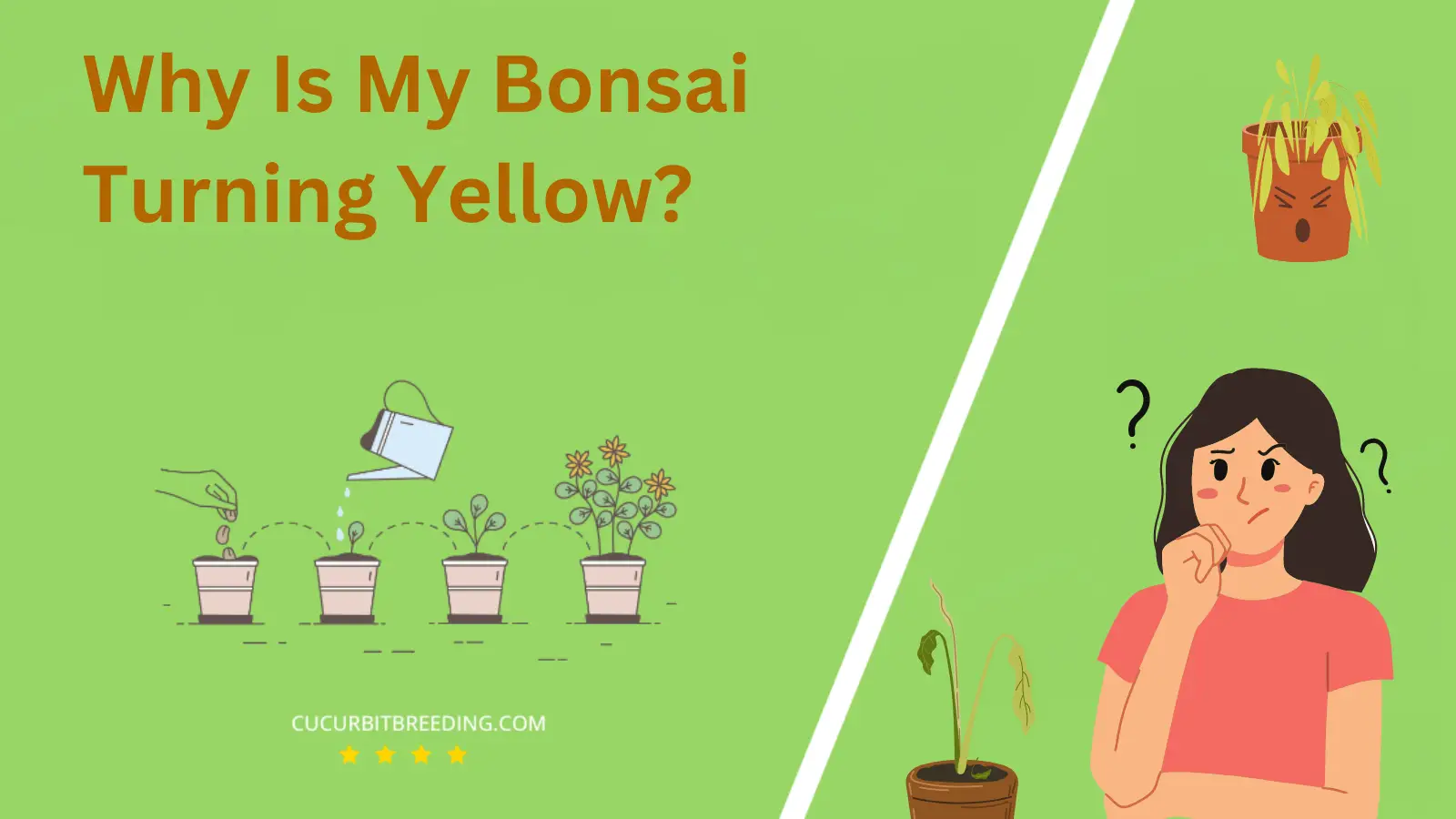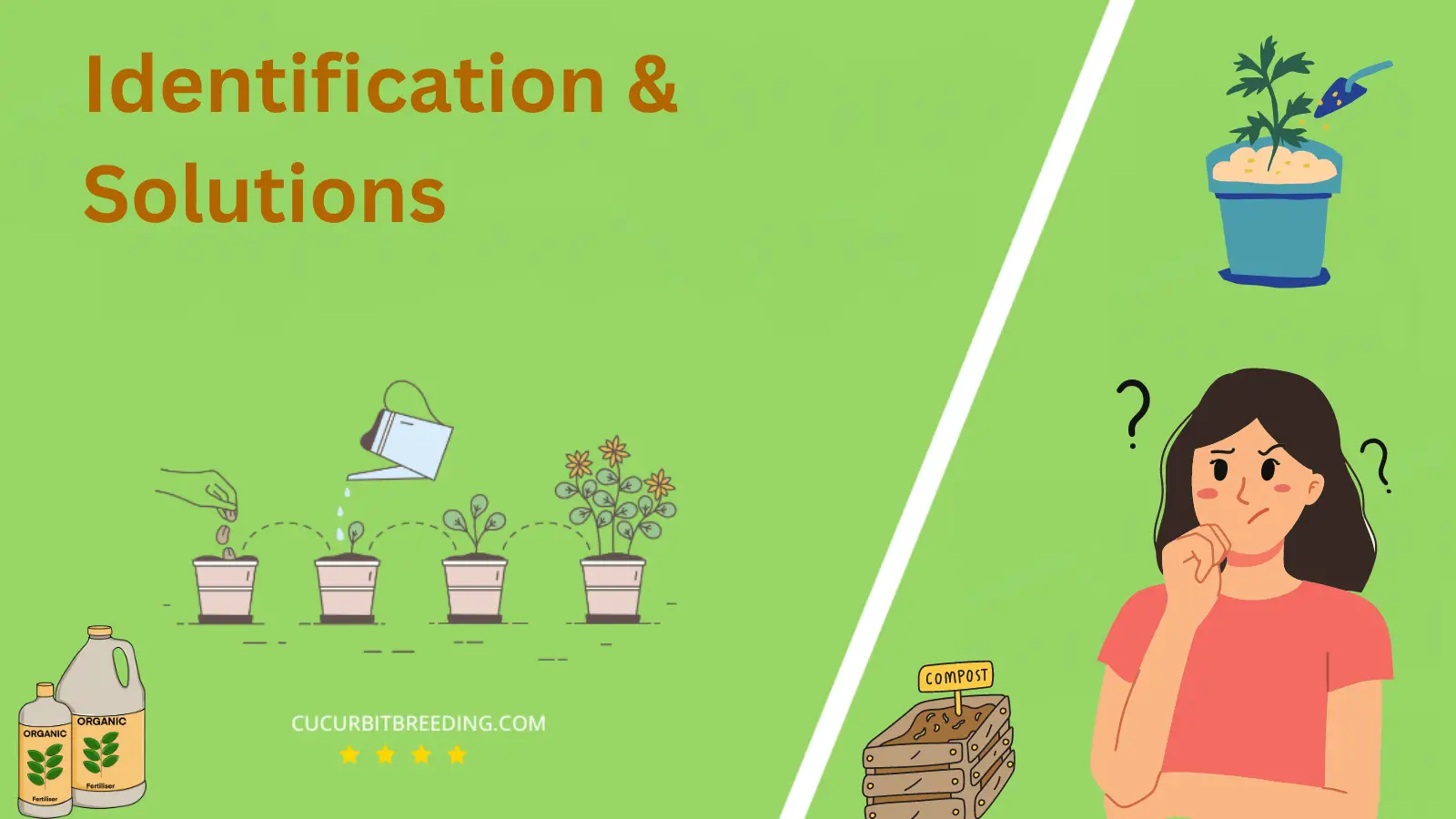
Experiencing the mystifying sight of your bonsai turning yellow is something every bonsai enthusiast encounters. The delicate symphony of care required for these miniature treasuries is an art in itself.
Is it overwatering, lack of sunlight, or perhaps a silent disease? Learning the cause of this issue is akin to solving a captivating botanical mystery that will surely ignite your curiosity.
Why Is My Bonsai Turning Yellow?
1. Lack of sunlight
| Description | A lack of sunlight causes the leaf to turn yellow due to reduced chlorophyll production. |
|---|---|
| Solution | Increase the amount of sunlight it receives. |
Sunlight is critical for the health of a bonsai plant because it supports the process of photosynthesis – the method by which plants produce their energy. Without adequate sunlight, the bonsai cannot generate enough energy to support new growth or maintain existing foliage. This energy deficiency manifests as yellowing leaves, a common symptom of unhealthy bonsai.
Solution: To counteract this, the bonsai plant should be placed in a spot that receives ample sunlight every day. If outdoor conditions or space constraints do not permit this, consider using artificial lights specifically designed for plants. Ensure the bonsai does not receive too much direct sunlight, however, as this can also negatively affect the plant. Striking a balance between too little and too much sunlight is the key to preventing your bonsai from turning yellow.
2. Overwatering
| Description | Excessive water disrupts nutrient uptake, leading to chlorophyll breakdown and yellowing of leaves. |
|---|---|
| Solution | Reduce watering, ensure proper drainage, and allow soil to dry out between waterings. |
Overwatering’s Effects on Bonsai Trees
Overwatering is a common problem that can cause your bonsai tree’s leaves to turn yellow. Essentially, too much water deprives the roots of oxygen, leading to a form of stress that results in yellowing leaves. A consistently overwatered tree can ultimately rot and die.
Solutions for Overwatering
The solution to overwatering is relatively simple. Firstly, ensure that your bonsai has proper drainage. The pot should have holes at the bottom, allowing excess water to escape. Secondly, adjust your watering schedule. It’s better to water deeply and infrequently, allowing the soil to dry out between sessions. Monitor your plant and if the yellowing stops, you’ve likely found your issue.<
3. Nutrient deficiency
| Description | Insufficient nutrients cause yellowing leaves in bonsai due to lack of essential elements for photosynthesis. |
|---|---|
| Solution | Provide proper nutrients through fertilization to resolve the issue of yellowing in bonsai. |
When a bonsai experiences a nutrient deficiency, it can cause various changes in the plant, most notably a yellowing of the leaves. This occurs because certain nutrients are critical for chlorophyll production, which gives leaves their green color. Without enough of these nutrients, the chlorophyll levels drop, causing the leaves to turn yellow.
To address a potential nutrient deficiency, consider applying a slow-release bonsai fertilizer into your bonsai soil. These usually contain a mix of primary nutrients (nitrogen, phosphorous, and potassium) as well as secondary and trace nutrients. Regular fertilizing according to the product’s instructions can help to replenish deficient nutrients in the soil.
In addition, checking the pH level of your soil can help determine if it’s properly balanced. Soils that are too acidic or basic can hinder your bonsai’s ability to absorb nutrients, even when they are present in the soil. If the pH is out of balance, using a soil amendment can help to correct it.
Lastly, remember to water your bonsai properly. Overwatering can wash away nutrients in the soil, while underwatering can cause the soil to become too dry for the nutrients to be accessible to the plant’s roots. Therefore, maintaining a consistent watering routine is essential for tackling nutrient deficiency.
4. Pest infestation
| Description | Insufficient nutrients cause yellowing leaves in bonsai due to lack of essential elements for photosynthesis. |
|---|---|
| Solution | Provide proper nutrients through fertilization to resolve the issue of yellowing in bonsai. |
Your bonsai tree turning yellow could be directly linked to a pest infestation. Various types of pests such as aphids, spider mites, or scale insects can cause significant damage to the health of your bonsai. These pests feed on the sap of the plant, causing a loss of nutrients and potentially leading to yellowing leaves.
To deal with a pest infestation, you can start by physically removing them. Use a soft cloth to wipe down the leaves and branches, or consider using a gentle soap solution. Adding a natural pesticide to your care routine for your bonsai may also be beneficial. Neem oil is often recommended as it is not harmful to most plants. Always remember to avoid overuse as it can harm your bonsai.
Furthermore, maintaining a good bonsai care routine prevents future infestations. Ensure your plant is getting the right amount of light, watering, and nutrients. A healthy bonsai is less likely to fall victim to pests. Consider relocating your plant if it’s near other infected plants to prevent pests from spreading.

5. Disease or infection
| Description | Provide proper nutrients through fertilization to resolve the issue of yellowing in bonsai. |
|---|---|
| Solution | Consult a horticulturist for diagnosis and appropriate treatment options to address potential disease or infection. |
Your bonsai could be turning yellow due to a disease or infection. This could happen when a pathogen (such as a fungus, bacterium, or virus) attacks the plant, impeding its normal functions like photosynthesis. The plant’s immune system responds by discoloring affected leaves and parts as a defensive mechanism.
To counter this disease or infection, first, you need to identify the type of infection. Depending on the symptoms and overall appearance of the plant, it could be a fungal disease, which often appears as white, brown, or black spots on the leaves. Alternatively, it may be a bacterial or viral infection, which can cause yellowing, spots, and blotches.
Once you have identified the type of disease, treat accordingly. For fungal infections, try using a fungicidal soap or spray. For bacterial or viral infections, remove the affected portions of the plant to prevent the disease from spreading. Always ensure your tools are sterilized before use to avoid cross-infection. Lastly, improve your bonsai’s environment. Make sure it has the right amount of light, water, and ventilation, and isn’t overcrowded with other plants to restrict the spread of disease.
6. Improper watering (underwatering)
| Description | causes the leaf to turn yellow due to insufficient water uptake and nutrient transport. |
|---|---|
| Solution | Water the bonsai more frequently to prevent it from becoming dehydrated, causing yellowing of leaves. |
Improper watering, specifically underwatering, can lead to your bonsai turning yellow. Bonsai trees, like other plants, require a certain amount of water to carry out various biological processes. When the plant is underwatered, it results in inadequate water supply which may lead to nutrient deficiencies, and consequently, the yellowing of the leaves.
How to address this issue? Ensure you’re watering your bonsai adequately. Specific watering needs may vary depending on the type of bonsai and the environment it’s placed in. However, a general rule is to water the bonsai when the top soil feels slightly dry. Avoid periods of drought as it might cause stress to the plant. Water thoroughly until you see excess water draining out from the bottom. This ensures the water reaches throughout the root system.
In addition to watering, monitor the bonsai’s overall environment. Factors like humidity, temperature, and light can also influence its water requirements. Keeping a consistent and appropriate environment is crucial for its health. Lastly, considering the use of a moisture meter can help in accurately determining when your bonsai needs watering.
7. Environmental stress (e.g., extreme temperatures)
| Description | causes disruption in chlorophyll production, leading to yellowing of the leaf. |
|---|---|
| Solution | Avoid exposure to extreme temperatures and provide suitable protection or shelter when necessary. |
One of the major reasons your bonsai might be turning yellow is improper watering. Bonsai trees, like many plants, require a delicate balance in their watering schedule; too much or too little water can lead to detrimental effects. In this case, yellowing leaves often indicate that the bonsai is receiving either too much water (overwatering) or not enough water (underwatering).
Overwatering saturates the soil, leaving the roots deprived of oxygen they require for absorption of nutrients, which in turn causes your bonsai’s leaves to yellow and eventually fall off. On the other hand, underwatering can cause the tree to become dehydrated, preventing it from transporting necessary nutrients to its leaves, also leading to a yellow appearance.
The solution to this issue involves developing a consistent and appropriate watering routine. Bonsai should be watered thoroughly until water runs out of the drainage holes, and then allowed to dry out slightly before the next watering. This keeps the soil at the right moisture level and prevents both overwatering and underwatering. Remember, the frequency of watering will depend on the species of your bonsai and the climate conditions of your area.